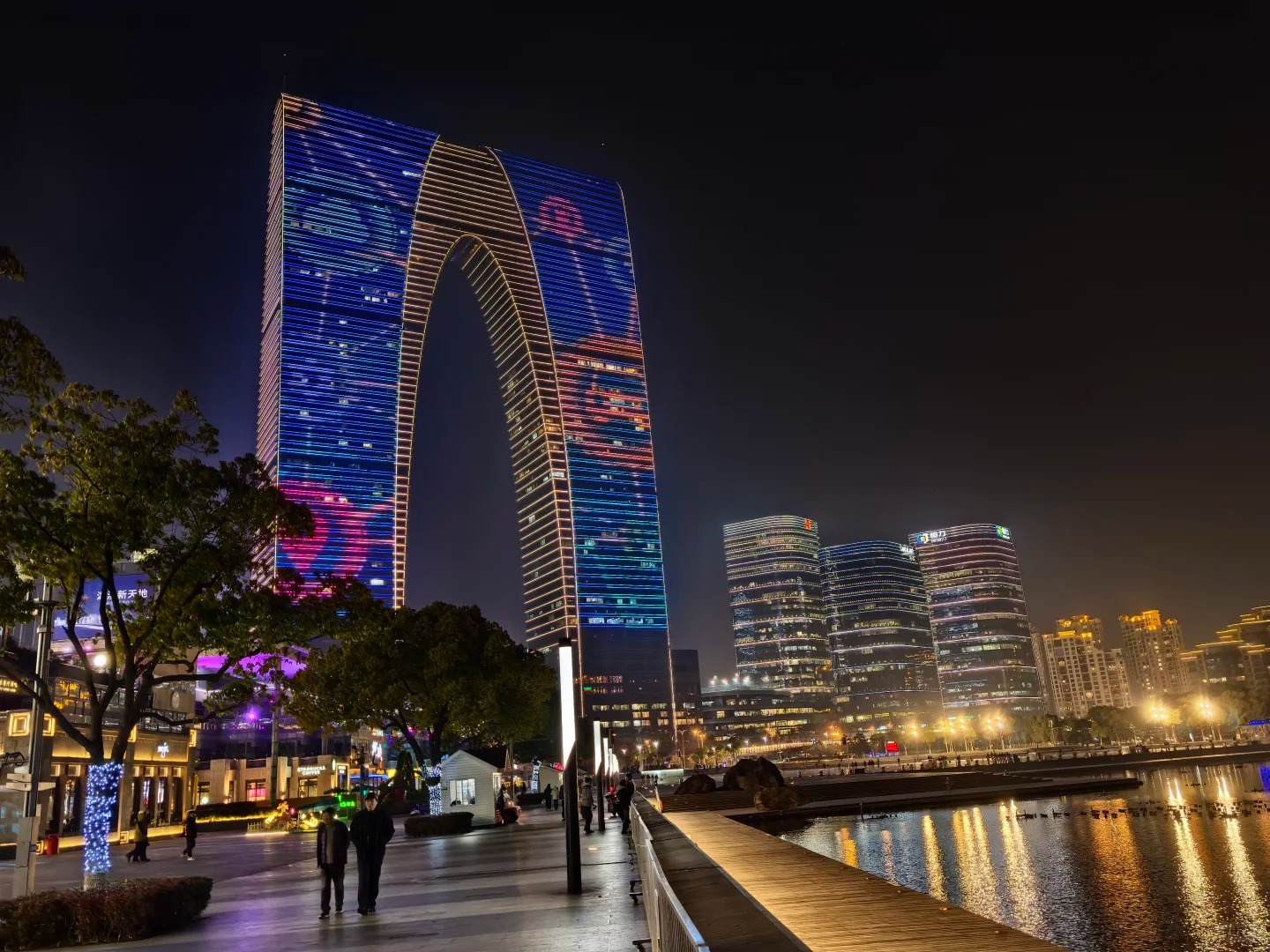Mastering Facade Lighting: Elevate Your Building’s Nighttime Presence
“When we switched on the uplights for our client’s boutique hotel in San Francisco, the immediate gasps from passers-by reminded me why I became a lighting designer,” recalls Emma Li, Principal at GlowWorks Studio. Facade lighting does more than illuminate—it tells a story and connects communities.
Effective facade lighting design transforms architecture into a living canvas, reinforces brand identity, and enhances safety and sustainability. Below, we share five essential topics—each with personal insights and practical tips—to help you create a standout LED facade lighting solution that resonates with both users and search engines.

1. Understanding Facade Lighting: Purpose and Impact
1.1) Defining Facade Lighting
Facade lighting refers to the strategic placement of exterior fixtures—uplights, wall washers, spotlights, and pixel nodes—designed to accentuate architectural features, materials, and textures. Emma explains, “Every beam must respect the building’s proportions; otherwise, you risk washing away its character.” Tailored to the facade’s lines and finishes, this approach avoids generic floodlighting, creating depth and dimension after dark.
1.2) Why It Matters
A well-lit facade turns ordinary structures into civic landmarks. Take Boulder’s City Hall renovation: improved facade lighting increased evening foot traffic by 25% and boosted local café revenues. Beyond brand recognition, proper exterior illumination—Elena Garcia, city planner in Madrid, notes—“reduces nighttime crime by 15%.” Modern LEDs paired with smart lighting controls can cut energy use by up to 70%, slashing both bills and carbon footprint.
1.3) Planning and Budgeting Your Facade Lighting Project
“Clients often ask, ‘Can we do it on a shoestring?’” says project manager Tom Nguyen. The answer: yes—if you plan. Start by defining objectives (iconic imagery vs. energy savings), then audit existing power and mounting points. Allocate 10–15% of your budget to commissioning and color tuning, and reserve a 5–10% contingency for unexpected changes. A phased rollout—first accent, then washes—spreads costs and allows early feedback.
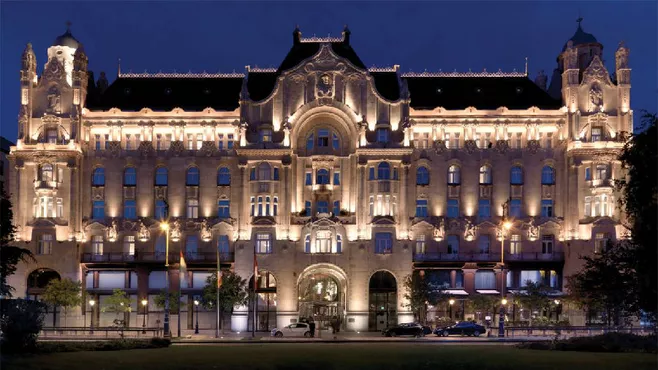
2. Types of Facade Lighting Techniques
2.1) Uplighting & Downlighting
“I remember our first uplighting job on a 100-year-old library; the building seemed to breathe at night,” Emma reminisces. Ground-level uplights sculpt columns and cornices, while roofline downlights provide a gentle ambient glow over entrances. Use warm white (2700K–3000K) for historic facades and cooler hues (4000K–5000K) for modern structures.
2.2) Grazing & Washing
On a boutique retail project in Tokyo, grazing lights cast shadows on textured brick, inspiring shoppers to pause. Grazing fixtures close to walls highlight texture; wall washers at 3–5 ft out ensure uniform coverage of flat surfaces. Combined, they create facades that captivate both up close and from afar.
2.3) Accent & Silhouetting
For a corporate headquarters in Seattle, spotlights defined the company logo on the facade, while backlighting produced a dramatic silhouette at dusk. Accent lighting draws attention to focal points—art installations, signage—whereas silhouetting emphasizes outlines, turning edges into glowing frames.
3. Best Practices for Facade Lighting Design
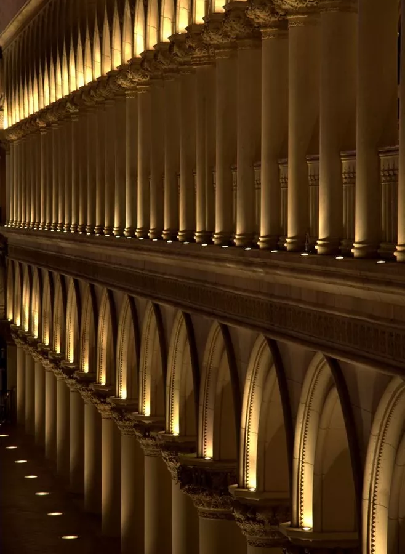
3.1) Match Light to Material
Polished metal reflects bright specular highlights; help it shine with narrow beam fixtures. Rough stone needs diffused, lower intensity light to reveal its grain. Glass panels can become glare traps—install shields or use indirect lighting to keep reflections under control.
3.2) Layer Your Lighting
During a community center project in Brisbane, we layered grazing, accent, and ambient washes. This approach kept the facade interesting throughout the evening and allowed us to highlight new features for seasonal events.
3.3) Control and Automation
Smart controls are your silent partners. DALI and DMX systems enable scene scheduling—brighter on event nights, dimmer on low traffic hours. For one hotel, we programmed warm “welcome” sequences at check-in times, delighting guests and saving 30% on off-peak energy.
3.4) Minimize Light Pollution
In Vancouver, our team adhered to dark sky guidelines by using full-cutoff LED fixtures. Neighbors appreciated the absence of glare, and migrating birds avoided collisions. Always shield fixtures and direct beams precisely to protect the environment.
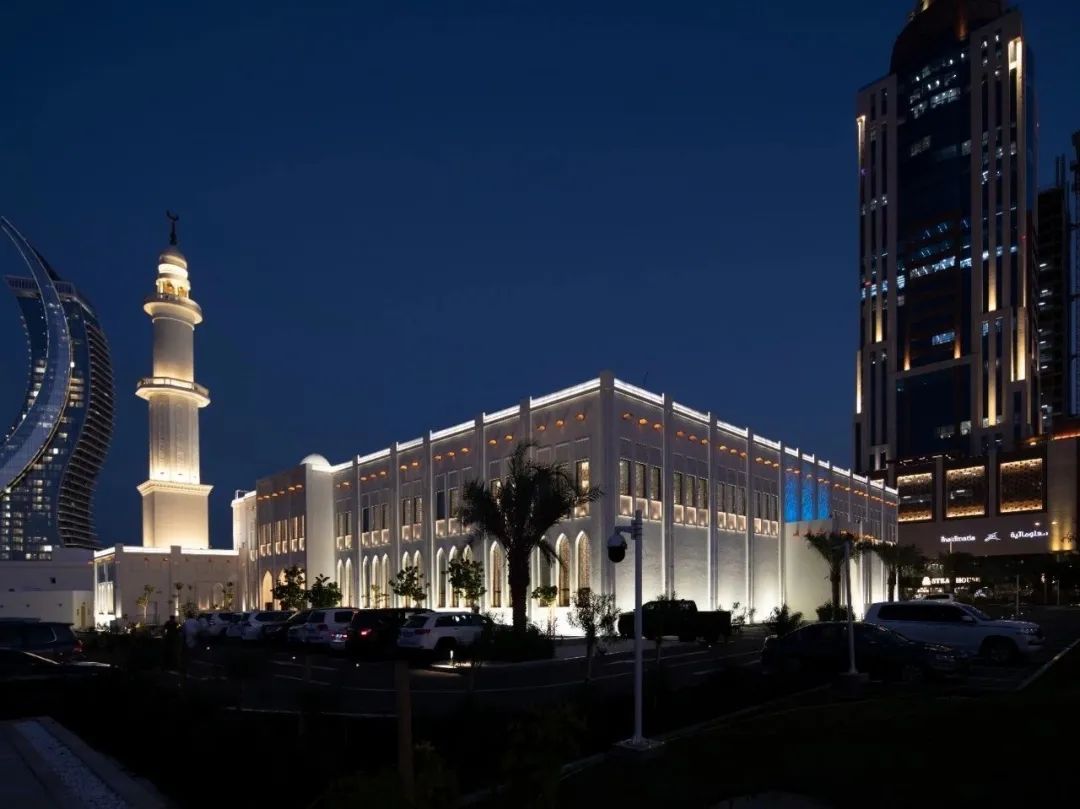
4. Energy Efficiency & Sustainability
4.1) LED Upgrades
Switching to LED facade lighting reduced maintenance calls by 60% for a midtown office tower. LEDs deliver high CRI (80+), long life (50,000+ hrs), and energy savings of 50–70% compared to HID lamps.
For a coastal pavilion, we installed solar-LED hybrid modules that power up at night from daytime charging. Zero grid reliance meant significant savings and a clear sustainability story for the client.
4.3) Lifecycle Considerations
Opt for IP66-rated fixtures and stainless steel mounts in harsh climates. Modular fixture design allows quick bulb replacement without removing housings—critical for 20+ year TCO planning.

5. Emerging Trends in Facade Lighting
Event planners now request RGBW installations for “Instagrammable” moments. Buildings can turn purple for Alzheimer’s awareness or green for Earth Day. Choose fixtures with tight color consistency to avoid patchiness.
5.1) AI-Driven Dynamic Lighting
New systems analyze weather APIs and pedestrian heatmaps via machine learning to auto-adjust lighting narratives. For a Seoul tower project, a GAN algorithm generates cloud-patterned light sequences, cutting manual programming time by 70%.
5.2) Interactive & Responsive Facades
On a pilot in Berlin, we used infrared sensor arrays linked to ESP32 microcontrollers to ripple light down a facade as people walked by. Engagement spiked as DMX512 protocols enabled real-time zone responses within 0.2 seconds. Pedestrians lingered to trigger effects, proving how low-cost IoT hardware can transform static buildings into community canvases.
5.3) Integration with Smart Cities
Partner with municipal IoT platforms to display real-time air quality or transit updates. Civic facades become public touchpoints, delivering utility and branding in one illuminated package.
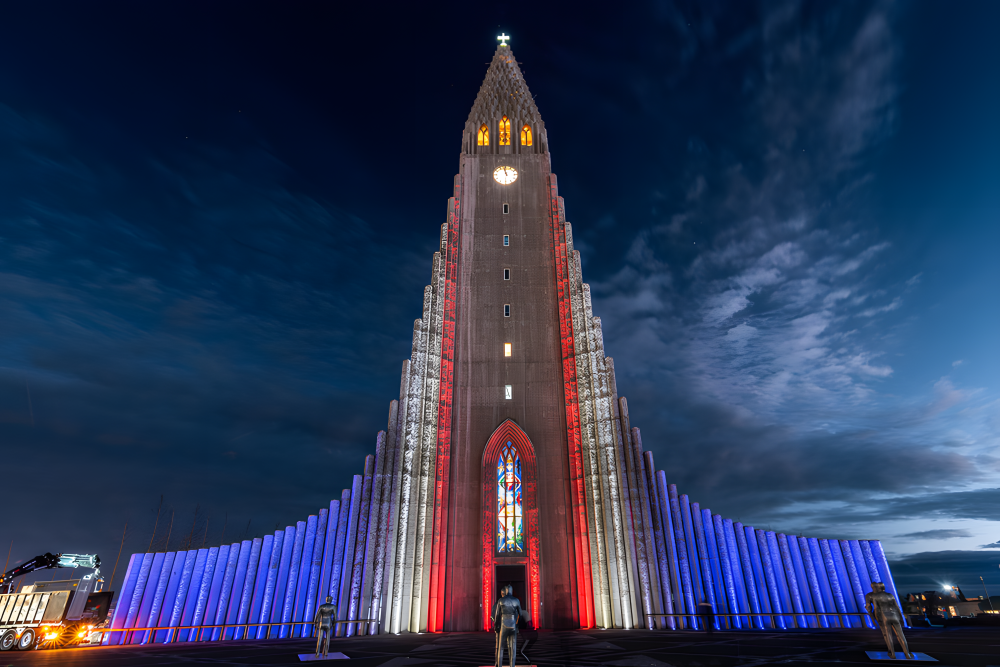
Conclusion: Illuminate with Intention
Facade lighting is both an art and a science. When conceived thoughtfully, it does more than brighten walls—it enhances civic pride, shapes memorable experiences, and harmonizes built environments with natural rhythms. A well-designed facade scheme celebrates architectural narratives while safeguarding community well-being through mindful energy use, dark-sky stewardship, and inclusive design. As technology advances—from AI-driven sequences to solar-hybrid fixtures—the essence remains the same: guiding emotions, telling stories, and forging connections between people and place.
Whether you’re preserving historic character in heritage districts or defining a modern icon in urban centers, GlowWorks Studio is at the forefront of facade lighting innovation. Our award-winning team collaborates closely with architects, planners, and community groups to ensure every installation reflects local identity and brand vision. Together, we spark dialogue among designers, stakeholders, and the public about what our cities represent after dark. In this shared endeavor, each light choice made by GlowWorks becomes part of your building’s story, illuminating not just facades but the values and aspirations that unite us all.
About LNJAMI
Founded in 2008 and headquartered in Shenzhen, LNJAMI is a leading provider of outdoor architectural lighting solutions. Specializing in bridge lighting, façade washing, linear LED fixtures, floodlights, light‐guide panels, point‐source modules, LED mesh screens, and in‑ground uplights, we combine cutting‑edge hardware with bespoke design services to bring landmark structures to life.
Our in‑house team offers end‑to‑end support—from concept development and 3D renderings to intelligent control programming and on‑site installation guidance—ensuring every project meets the highest standards of visual impact, energy efficiency, and long‑term reliability. Serving a global clientele, LNJAMI helps cities and architects transform infrastructure into sustainable, iconic night‑time spectacles that captivate audiences while respecting the environment.
Visit us at www.ljmlamp.com to learn more about our portfolio and how we can illuminate your next landmark project.





